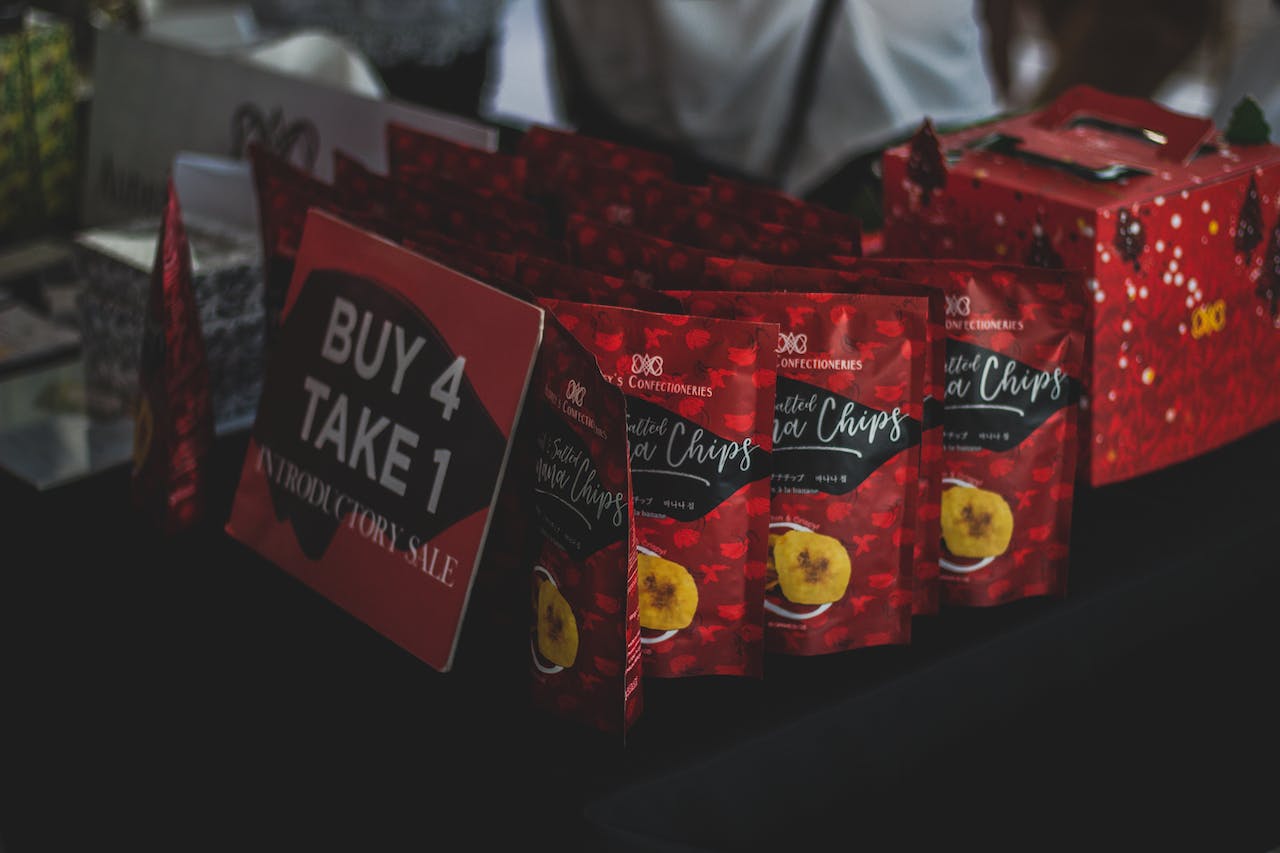Eco-Friendly Packaging: How Food Packaging Companies are Going Green
Owing to climate change and the need for green packaging, sustainability has become a concern for food packaging companies. With the increasing demand for eco-products, these companies are taking steps to minimize their environmental impact. In this guest post, we will delve into the ways in which food packaging companies are going green and adopting eco practices.
Reducing Plastic Waste
The issue of waste poses a threat to our environment. To tackle this problem head-on, numerous food packaging companies are actively exploring alternatives to single-use packaging. They have begun incorporating materials such as plant-based plastics and compostable options like cardboard or paper.
Moreover, there has been a rise in solutions like packaging made from seaweed or other food-grade substances. These creative approaches address the ecological effects associated with plastic waste and offer consumers an engaging user experience.
Promoting Recyclability
Another crucial element of eco-friendly packaging is ensuring recyclability. Food packaging companies are doing their part by embracing materials and making recycling easier for consumers. They work closely with recycling facilities to develop packages that can be seamlessly processed within existing recycling systems. Due to advancements in recycling technology, it is much easier for food companies to use eco-friendly packaging.
Furthermore, certain companies have taken the initiative to provide labels on their product packaging, educating consumers about the recyclability of components. This transparent approach empowers individuals to make decisions regarding disposing of the packaging after use.
Embracing a Minimalist Design
Packaging plays a role in establishing brand identity and supporting marketing efforts for businesses involved in selling packaged food items. However, these companies acknowledge the importance of balancing captivating designs and sustainable practices.
These organizations aim to reduce material consumption by embracing design principles while maintaining an appealing visual presentation.
Minimalist packaging often relies on simplified graphics and fewer layers, resulting in production costs and a smaller environmental footprint. With aesthetics and streamlined designs, each package becomes a work of art in its unique way.
Enhancing Packaging Efficiency
One effective approach to minimizing impact is by optimizing packaging efficiency. Food packaging companies leverage technologies to develop packages that utilize materials while ensuring structural integrity and product protection.
Through engineering, they create durable and lightweight packaging structures, ultimately saving space during transportation and reducing shipping costs and fuel consumption. It brings benefits for businesses but also contributes to lower carbon emissions in our environment.
Moving Towards Energy
To further minimize their impact on the environment, food packaging companies are giving priority to energy sources. Many businesses have installed panels partnered with sustainable energy providers to power their operations in an eco-friendly manner.
By transitioning from fuels, these companies decrease their carbon emissions and serve as a positive example for others in the industry. Embracing energy allows them to actively contribute to the fight against climate change while bolstering their reputation as responsible organizations.
Investing in Research and Collaboration
To continually enhance their sustainability practices, food packaging companies are investing in research and collaborating with experts in the field of sustainable material suppliers and recycling specialists.
These companies remain at the forefront of new developments by engaging in discussions and partnerships focused on sustainable packaging. It empowers them to swiftly and effectively incorporate cutting-edge solutions into their operations even before regulations are implemented. What’s more, research shows that most people find minimal packing better than getting through layers of plastic while opening their boxes.
Conclusion
Food packaging companies play a major role in shaping a future for our planet. Their dedication towards reducing waste, promoting recyclability, embracing design principles, optimizing packaging efficiency, transitioning towards renewable energy sources, and investing in research highlight the progress being made towards greener strategies.
With consumers placing increasing emphasis on choices while selecting products, food packaging companies recognize the significance of catering to this demand. They are at the forefront of promoting an aware future in the entire food industry by adopting eco-friendly methods that do not compromise product quality or brand attractiveness.

